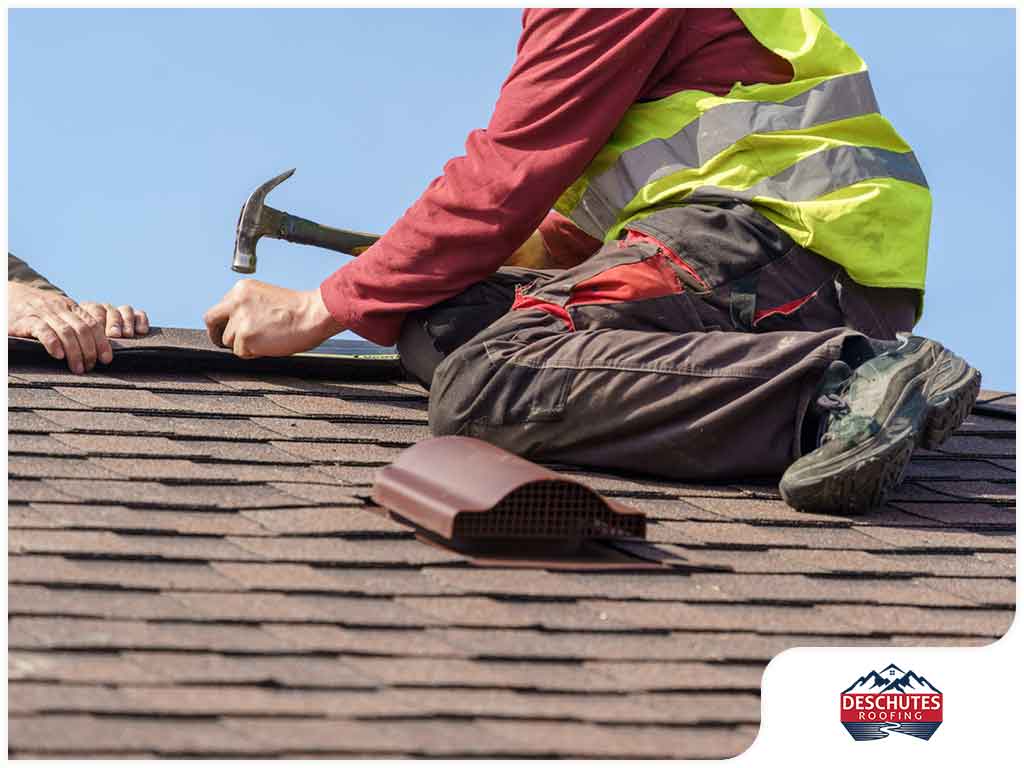The roof is your home’s first line of defense against the elements. Despite its natural resilience, it’s not invulnerable and it’s really put to the test when it faces up against an exceptionally strong storm. More often than not, your roof survives the encounter with more than just a beating.
The roof is far from just one large and complete structure. It’s made from different components and parts that play a key role in protecting your home from the elements. One of these components is also the most under discussed one: the roof flashing.
After the storm winds down, homeowners still have to face a challenge when it comes to getting a settlement – the home insurance adjuster. It’s an intimidating process for many homeowners but it’s part of the process and there are ways you can maximize the payout from your insurance company.
Asphalt remains the most widely used and readily available material for roof replacement and new installation thanks to its low upfront price and relative ease of installation. Many homeowners assume that it’s the least resilient of the available roofing types due to its availability, unaware that things are more complex than they seem.
The road to flat roof replacement selection can be a bumpy one. The process may seem simple, but it is surprisingly complicated. Considering that a low-slope roofing system does not drain quickly and is more prone to leakage, you have to put extra attention to every decision you have to make.
Figuring out how to choose insulation for your attic can be overwhelming. Although all products work, you may experience analysis paralysis with the great number of options available. You will eventually choose one, but the problem is that an insulation installation project is not that forgiving. A wrong choice can produce disappointing results that would[…] Read More
















